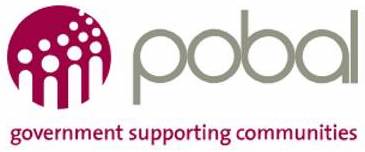We hope that you find these resources useful. If your school would like printed copies of our booklets or posters we will be happy to send them to you.

What is Asthma?
Asthma is a chronic disease which inflames the airways. The airways are the small tubes that carry air in and out of the lungs. Asthma causes te airways to become over-sensitive and react to things they wouldn't normally react to, such as cold air or dust mites - even family pets. These are called triggers.
When asthma symptoms are triggered, the muscles around the walls of the airways tighten, making them narrow. The lining of the airways also swells and sticky mucous is produced, clogging up the already narrowed airways. With the airways narrow and clogged with mucous, it becomes diffcult to breathe.
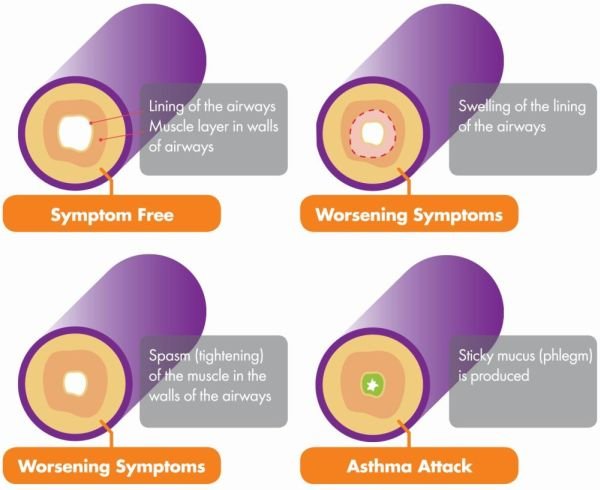
Asthma in Schools
with 1 in 5 children in Ireland living with asthma, every teacher will encounter the condition at some point in their career. You can learn more about how to manage asthma in the classroom here.
Please click here to access our Asthma Friendly School booklet and learn about:
- What to do if a child with asthma joins your class
- Common asthma triggers and how to avoid them at school
- Different kinds of inhalers and other asthma treatments
- What to do in an emergency
- The answers to freqeuently asked questions about asthma in schools
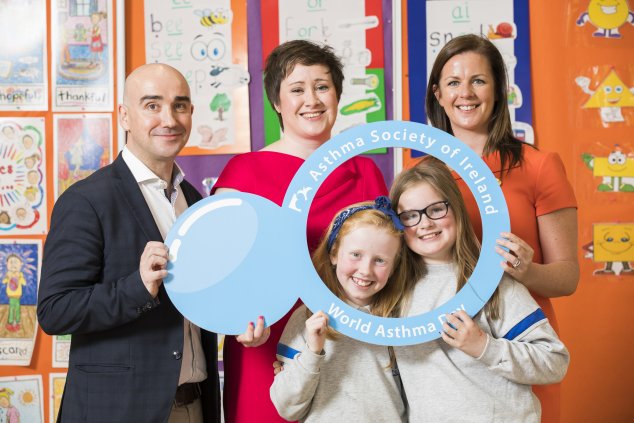
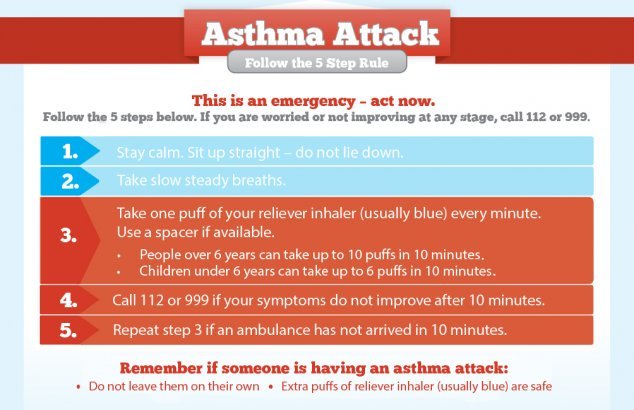
In an Emergency
Asthma attacks can be frightening and dangerous experiences. They can happen when symptoms get worse over a number of days or hours or can happen suddenly, even when someone is taking their medication and avoiding triggers.
If a student has an asthma attack or you suspect they are having an attack, you should take immediate action.
If someone is having an asthma attack they will have one OR a combination of the symptoms below:
- Cough
- Wheeze
- Shortness of breath
- Chest tightness
- Too breathless to finish a sentence
- Too breathless to walk, sleep or eat
- Lips turning blue.
If a student is having an asthma attack:
- Extra puffs of reliever inhaler are safe
- Use a spacer if possible
- Don’t lie the student down or put your arm around the student
- Don’t leave the student on their own
- You should not take students to hospital in your own car if possible; however, if it is necessary another adult should accompany you.
In an asthma attack immediately follow the 5 Step Rule. Click below to download the pdf version of our Asthma Attack Cards. These posters can be displayed in classrooms, sports halls and on staff noticeboards. We are happy to provide hard copies to schools that request them.
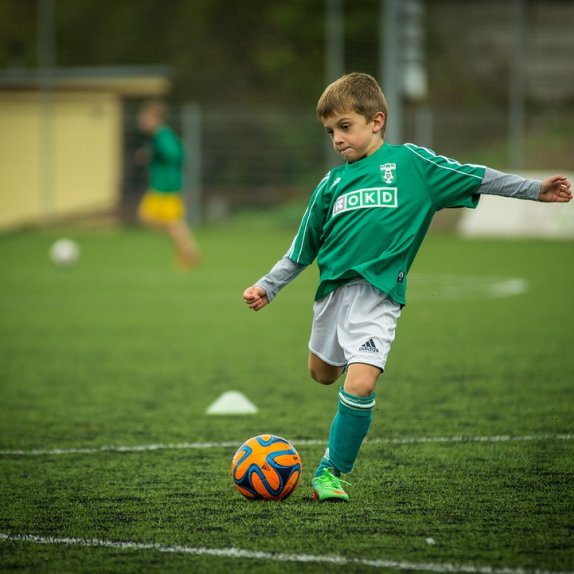
P.E. and Sports
Exercise improves lung function and is an important part of a healthy lifestyle. Asthma symptoms shouldn't stop children from taking part in sport and PE, provided that certain precautions are taken.
Click here to access our Reach Your Peak with Asthma booklet to learn about
- Exercise induced asthma
- Common sporting triggers
- Tips for exercising with asthma, and how to manage asthma before, during and after activity

Asthma Policy for Schools
We recommend that all schools have an Asthma Policy in place that is reviewed regularly. Click here to see a sample policy that we have prepared.
As part of their Asthma Policy we also recommend that schools create an asthma record sheet for all students with asthma. Click here to download our record sheet.

